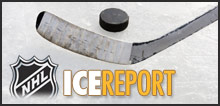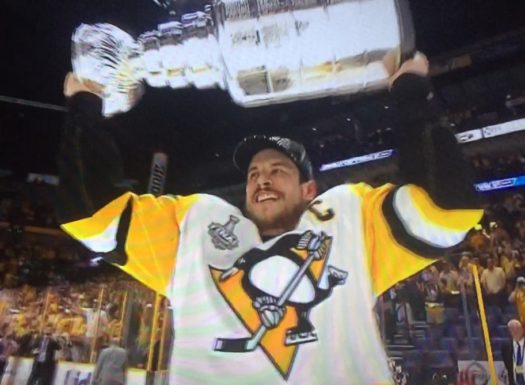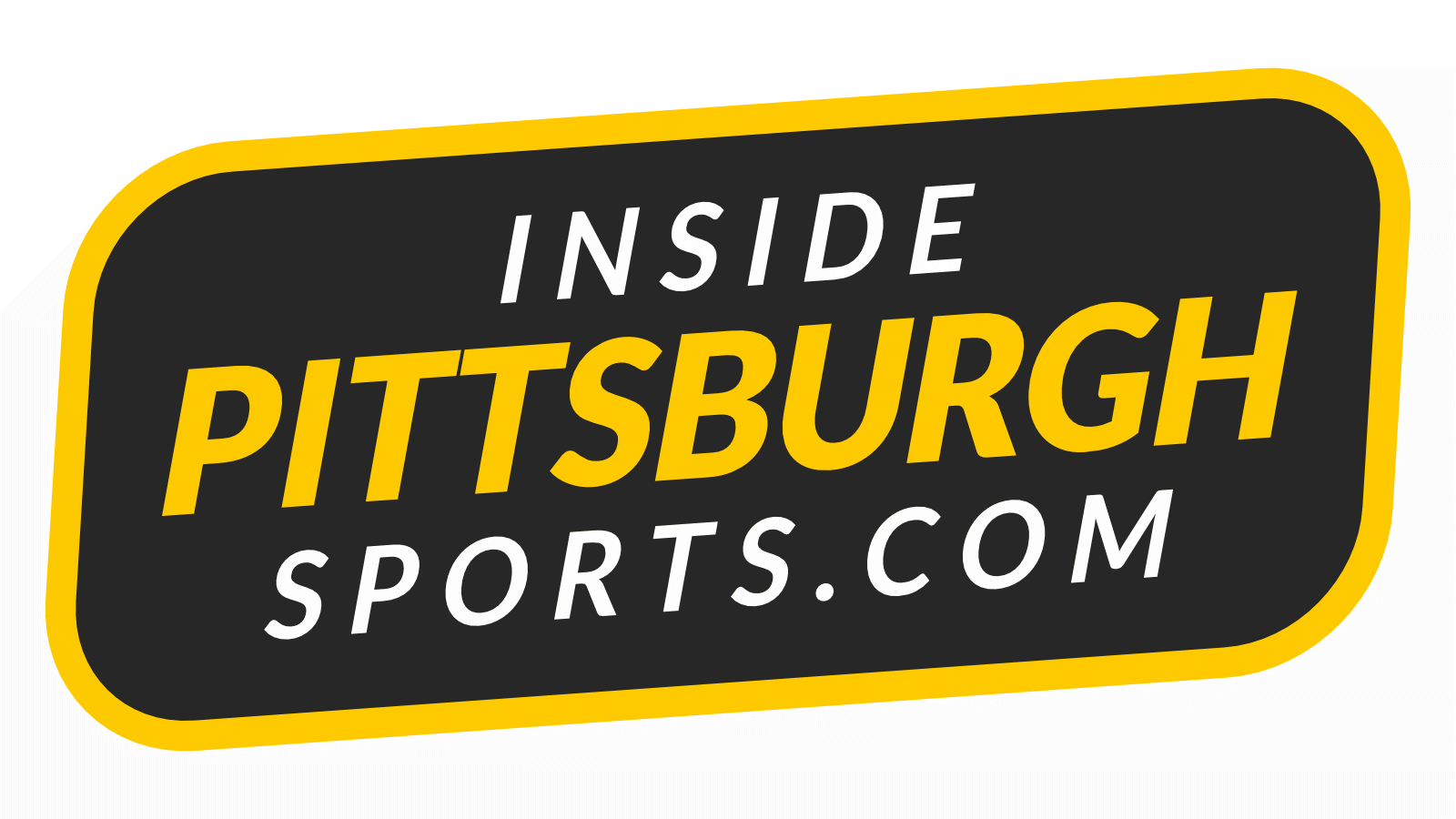Keys on the NHL Navigating through a Great Unknown
As the Coronavirus has put North America on lockdown with no end in sight, the NHL, MLB and NBA are living in a period of unknown like the rest of us are.
We’re months away from sports returning and it’s going to be even longer for a complete normal way of life returning.
With a vaccine several months away and experts in the medical field believing the virus may return again in the fall before a vaccine will be available, this is just such unchartered waters for professional leagues and all have to be prepared for a number of different scenarios to play out in the coming months.
At the end of the day, if the professional leagues want to salvage their seasons, they’ve had to come to accept the reality that playing without fans is going to be about the only option to move forward.
The NBA and MLB can get away financially for stretches without fans and gate revenue. The NHL, not so much. The National Hockey League relies so heavily on gate revenue. Even the Pittsburgh Penguins who have a billionaire owner in Ron Burkle and spend to the cap each season in the Crosby era, Pittsburgh’s current structure relies heavily on getting the gate revenue of two playoff rounds.
The NHL being so reliant on gate revenue had fears among teams that the longer this goes on, the higher of a likelihood the top NHL decision makers would decide to just punt on the season.
That, however, is not expected to be the case.
All of the NHL’s planning ahead is getting a full 2020-2021 season-in but there is a strong appetite to finish the 2019-2020 season even with it more evident to the league, they’ll be finishing the season most likely at a couple neutral sites with little to no fans being permitted to attend.
Some of the NHL’s best case scenario models for completing this season is having a 1-2 week training camp beginning in early-mid July (2 weeks might be a stretch, NHL had a six day camp for 2012-2013 shortened season), followed by some type of regular season-exhibition schedule (no more than a handful of games) and an unorthodox playoffs running August – early/mid October, with the 2020-2021 season starting in mid-to-late November. The NHL believes they could start the 2020-2021 season even as late as Thanksgiving 2020 and still be able to hammer out an 82 game season if there’s obviously not another bad outbreak of the coronavirus in the fall/winter.
But, everything is such a guessing game at this point, even for the experts in this field.
 Where are things leaning with playoff scenarios?
Where are things leaning with playoff scenarios?
NHL General Managers are strongly pushing a 24-team playoff, 12 teams from each conference based on winning percentage. The leaked memos from a few weeks ago had the top four teams in each conference getting an automatic bye that in one popular scenario among executives had a No.5 Pittsburgh vs No. 12. Montreal matchup for example in a shortened series (3 games).
That would put the likes of big market teams in Montreal, New York Rangers and Chicago in the playoffs which front office types see as a great avenue to go for the league.
Getting Gary Bettman and Bill Daly on board is another story. Despite the current situation, the league’s top decision makers have been lukewarm about any scenarios of more than 16 teams, sources say.
With the NHL’s top decision makers (as of right now) believing the only way to finish the season is having the 2020 playoffs being played at 2-4 neutral sites, the league is open minded about a 1-16 tournament (based on points percentage) with no conferences.
Therefore, the top 16 teams regardless of conference affiliation get in, which would reward the stronger Eastern Conference.
It’s an exciting option for the league to go. If you’re going to have a post-season at neutral sites, might as well get creative and do something different for once.
Whether the league goes this route or sticks with the current playoff system, the most contentious discussions among club officials is how you get to 16 teams if there’s no time for a fair amount of regular season games to settle the group of teams who were primed to battle for the final couple playoff spots.
An ideal route for the league is this:
 Playoff Proposal at Select Neutral Venues
Playoff Proposal at Select Neutral Venues
1. 1-16 Playoff Field: : 1 vs 16, 2 vs 15, 3 vs 14, ect. Automatic playoff spot for teams with a points percentage .575 or higher: This would give automatic bids to:
1. Boston (.714)
2. ST. Louis (.662)
3. Tampa Bay (.657)
4. Colorado (.657)
5. Washington (.652)
6. Philadelphia (.645)
7. Pittsburgh (.623)
8. Vegas (.606)
9. Carolina (.596)
10. Dallas (.594)
11. New York Islanders (.588)
12. Edmonton (.585)
13. Toronto (.579)
14. Columbus (.579)
15.
16.
#2. 5 Game exhibition Schedule for the 14 teams receiving automatic spots in the playoffs.
#3. Play-In System: Cap off teams under consideration for a playoff spot at a .525 points percentage. Capping off at a .560 points percentage would be ideal but to make the numbers work, going eight teams deep for a play-in is about as fair as you can do it for teams prior to the league suspension that had a legitimate shot at winning a final playoff spot. Out of 144 teams to qualify for the post-season (2010-2011 season through 2018-2019 season) only three teams have made the playoffs with a points percentage of .560 or lower, the Colorado Avalanche in 2018-2019 (.549%), Minnesota Wild (.530%) in 2015-2016 and the Dallas Stars (.555%) in 2013-2014.
Play-In Prosposal
*2 exhibition game for the eight qualifying teams.
Play-In Rounds:
RD 1 Best-of-3
1. Florida Panthers (.565, 30 RW)
2. Nashville Predators (.565, 28 RW)
3. Vancouver Canucks (.565, 27 RW)
4. New York Rangers (.564, 31 RW)
5. Calgary Flames (.564, 25 RW)
6. Winnipeg Jets (.563, 30 RW)
7. Minnesota Wild (.558, 30 RW)
8. Arizona Coyotes (.529, 26 RW)
FLA vs ARI
NSH vs MIN
VAN vs WPG
NYR vs CGY
RD 2 Final Four: Single Elimination (Berth for playoff spot )
2020 Playoffs
Round 1 Best-of-5
Round 2 Best-of-7
Round 3 Best-of-7
Round 4 Best-of-7
To read this insider news, subscribe to get “Inside Access”!




